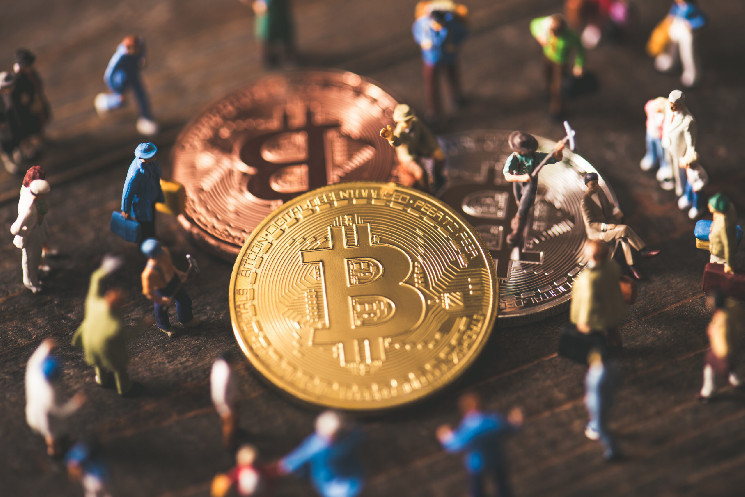The debate surrounding the true nature of cryptocurrency continues to evolve, with San Francisco Federal Reserve President Mary Daly weighing in on the matter.
In a recent interview, Daly argued that crypto should be considered its own distinct asset class, rather than being grouped alongside gold as is often the case.
Defining crypto: more than just a commodity
“I see crypto as a complicated thing, and the service we need to do for everyone is really unpack what we mean and call it what it is once we’ve done that,” Daly stated on Yahoo Finance’s Opening Bid podcast.
She emphasized that crypto could serve multiple roles—a currency, a medium of exchange, or an asset that can appreciate or depreciate in value—and that these terms require clear definition.
“So I don’t think of it as like gold,” Daly added.
It has properties like gold sometimes, but I don’t think of it like that.
Contrasting views within the Fed
Daly’s perspective presents a slight departure from the views of Federal Reserve Chair Jerome Powell, who earlier this month energized the crypto community with his comments on bitcoin.
Powell described bitcoin as a “speculative asset,” comparing it to virtual or digital gold.
“People are not using it as a form of payment or as a store of value,” Powell said at the New York Times DealBook conference.
It’s highly volatile. It’s not a competitor for the dollar; it’s really a competitor for gold.
The road to currency status
Echoing Powell’s sentiment, Daly stressed that crypto is not yet ready to function as a currency, despite the aspirations of many crypto enthusiasts.
“The property it needs is that it has to grow as the economy grows,” Daly explained.
So its value doesn’t change just because people want it. So when more people want a dollar bill, the dollar bill doesn’t rise in value. What causes the dollar to fluctuate is the economy and how fast our growth is relative to other countries. So that is a property it will have to perfect for it to be a currency.
Crypto’s market momentum despite regulatory uncertainty
While the path to official recognition as a currency by Congress remains uncertain, the momentum behind various digital assets continues to build.
Bitcoin has seen significant gains since Donald Trump’s election on November 5, breaking through the $100,000 mark for the first time on December 4.
Bitcoin prices have risen 38% since Election Day and are 106% higher this year.
Crypto-linked stocks like Coinbase (COIN) and Robinhood (HOOD) have also seen impressive growth.
Institutional adoption and the Trump factor
The warming sentiment towards crypto is also reflected in recent investments from institutional players that typically favor traditional assets.
In May, Wisconsin’s pension fund purchased over $160 million in bitcoin shares, signaling growing acceptance from traditional financial players.
Furthermore, MicroStrategy (MSTR), led by Michael Saylor, has continued its aggressive acquisition of bitcoin.
The new Trump administration’s appointment of venture capitalist David Sacks as a crypto czar may pave the way for new initiatives, including a potential bitcoin reserve.
“Just the fact that there would even be someone who would be focused on making the United States a leader in crypto, bitcoin mining, and other areas President Trump has talked about is a sea change,” Benchmark Company analyst Mark Palmer said on Opening Bid.
“We assume in our analysis [that] the price of bitcoin will reach $225,000 by the end of 2026.”
He also emphasized that “The fact that we are seeing increased institutional adoption of bitcoin is key here.”
The post Crypto's identity crisis: Fed's Daly says it's no gold, needs its own definition appeared first on Invezz
 invezz.com
invezz.com
